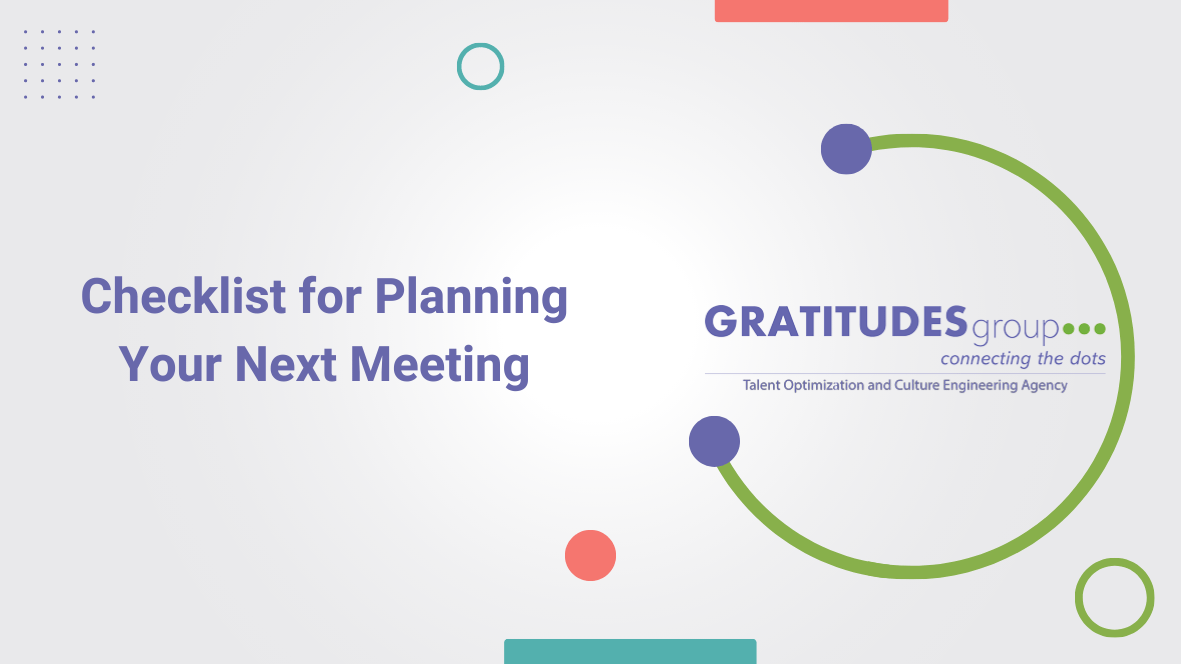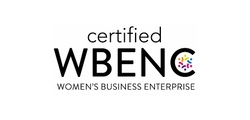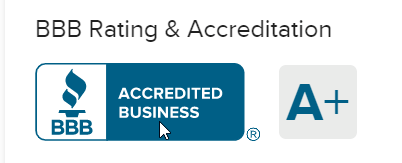Talent optimization is a strategic approach to maximizing the performance and productivity of an organization by aligning its people, processes, and culture with its business objectives.
Adopting talent optimization practices helps businesses build strong teams, reduce turnover, and enhance employee satisfaction and productivity.
At GRATITUDESgroup, we are passionate about cultivating a successful environment by optimizing talent and performance in order to reach desired business goals. Our strategies of communication and collaboration include setting up meetings that facilitate positive exchanges between employees and management.
A well-run meeting is not only a reflection of the leader’s skills and abilities but is also an indication of their respect for the attendees and value of their contributions. By preparing carefully and constructing a precise agenda, you can set the tone for a meaningful discussion, encouraging a more productive and impactful exchange of ideas.
We emphasize the value of diligent preparation for any meeting or event, utilizing a comprehensive checklist for optimal success. This includes a pre-meeting plan, preparation of the meeting, execution of the meeting and follow-up afterwards.
Check out the steps to creating a meeting that ensures that your attendees feel valued and heard below:
Pre-Meeting Planning
The success of a meeting often hinges on what happens before the actual gathering. Pre-meeting planning sets the foundation for a productive discussion. Here are some essential tasks to complete before the meeting:
- Set Clear Goals: Define the purpose and objectives of the meeting. What outcomes do you want to achieve? A well-defined goal will guide the meeting’s agenda and keep participants focused.
- Identify Attendees: Involve only those individuals directly relevant to the meeting’s objectives. Keep the attendee list concise to promote active participation and prevent unnecessary distractions.
- Choose Date, Time, and Location: Coordinate schedules to find a time suitable for all key participants. If it’s an in-person meeting, ensure the location accommodates the group comfortably.
Meeting Preparation
The success of a meeting is further enhanced by thorough preparation. Here are crucial tasks to complete before the meeting itself:
- Create a Clear Agenda: Structure the meeting agenda to include the topics to be discussed, time allocations, and the order of presentation. Share the agenda in advance to allow attendees to come prepared.
- Prepare Materials: Gather and organize all necessary materials, such as presentations, reports, and data. Distribute these materials to participants ahead of time for review.
- Communicate with Attendees: Send out meeting invitations along with the agenda and any relevant materials. Confirm attendees’ availability and encourage them to contribute their insights.
Meeting Execution
Executing a meeting smoothly is the key to keeping everyone engaged and on track. Here are tasks to complete during the meeting:
- Start on Time: Punctuality is a sign of respect for attendees’ time. Begin the meeting promptly and avoid wasting time waiting for latecomers.
- Keep the Meeting Focused: Stick to the agenda and ensure discussions stay on topic. Assign a facilitator to guide the conversation and maintain order.
- Engage Participants: Encourage active participation and create an inclusive environment. Listen to everyone’s input and acknowledge their contributions.
Post-Meeting Follow-Up
A successful meeting doesn’t end when participants leave the room or sign out of the virtual platform. Proper follow-up is essential to ensure that actions are taken and results are achieved. Here are post-meeting tasks to complete:
- Send a Summary and Action Items: Provide a concise summary of the meeting’s key points and action items assigned to each participant. This reinforces accountability and clarity on next steps.
- Gather Feedback: Request feedback from participants to identify areas for improvement and ensure future meetings are even more productive.
- Schedule the Next Meeting: Set a date and time for the next meeting to maintain momentum and continuity.
Planning and conducting efficient meetings is a skill that drives business success and enhances teamwork. Using this checklist, you’ll empower yourself as a business or sales leader to lead impactful meetings that achieve results. Remember, preparation, organization, and engagement are the keys to successful meeting outcomes.
Keeping the checklist in mind
Let’s face it – in today’s business world, you cannot avoid meetings. Instead, working to create meetings and events that take into account the needs of attendees helps to improve engagement and increase the likelihood of an effective outcome.
Feel free to use this checklist for your future meetings, and adapt it as needed to suit your unique requirements. Successful meetings lead to successful outcomes, and as a business and sales leader, mastering meeting efficiency is a powerful way to drive your organization’s growth and success.
- Set clear meeting goals and objectives
- Identify and invite relevant attendees
- Choose a suitable date, time, and location
- Create a well-structured meeting agenda
- Prepare and share meeting materials in advance
- Communicate with attendees to confirm their participation
- Start the meeting on time
- Keep discussions focused on the agenda
- Encourage active participation and engagement
- Provide a summary and action items after the meeting
- Gather feedback for continuous improvement
- Schedule the next meeting to maintain momentum
Need help creating meetings that optimize results while making attendees feel supported and heard? Gratitudes Group can help. Contact us for more information.








